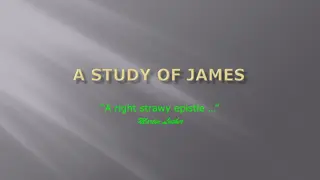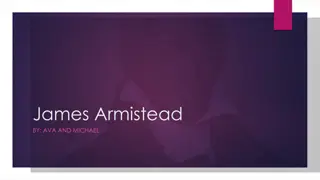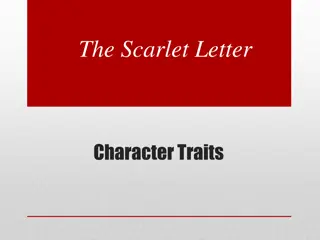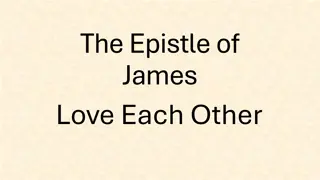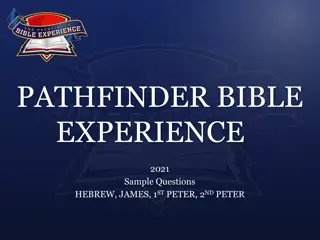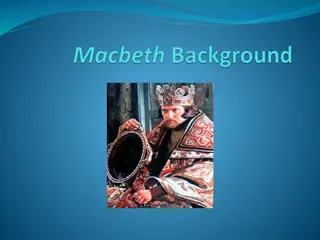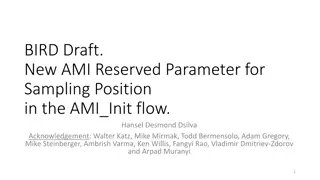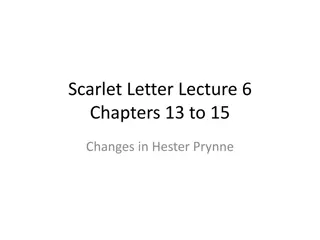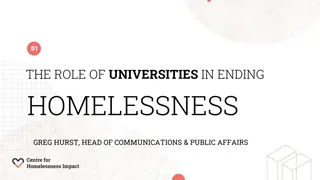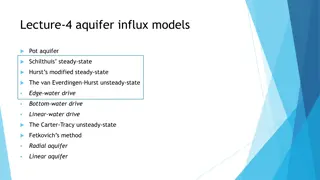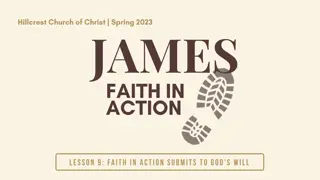Analysis of "The Scarlet Ibis" by James Hurst
In "The Scarlet Ibis" by James Hurst, the narrator reflects on his relationship with his physically disabled brother, Doodle. Set in the American South during WWI, the story explores themes of brotherhood, fear, and the consequences of pride and cruelty. Through the protagonist's actions and the tragic outcome, Hurst delves into the complexities of human nature and the obligations we have towards one another.
Download Presentation

Please find below an Image/Link to download the presentation.
The content on the website is provided AS IS for your information and personal use only. It may not be sold, licensed, or shared on other websites without obtaining consent from the author.If you encounter any issues during the download, it is possible that the publisher has removed the file from their server.
You are allowed to download the files provided on this website for personal or commercial use, subject to the condition that they are used lawfully. All files are the property of their respective owners.
The content on the website is provided AS IS for your information and personal use only. It may not be sold, licensed, or shared on other websites without obtaining consent from the author.
E N D
Presentation Transcript
Scarlet Ibis By: James Hurst
Meet the Author James Hurst was born on a farm in coastal North Carolina in 1922. After studying at North Carolina State College, he served in the army during World War II. Hurst wants readers of The Scarlet Ibis to think of how the war raging among brothers in Europe is related to the conflict between Doodle and his brother. Perhaps, he reflects, people always suffer when others try to make them over in their own image.
Essential Questions How does fear shape our decisions & actions? How is the narrator of Ibis motivated by fear? Can evil be determined by a (single) act of cruelty? Is the narrator evil? How does Hurst make a statement about our obligations to our fellow man (brotherhood)? Can a good act be considered noble if it was committed with impure intentions?
Key Literary Elements Protagonist: Protagonist: Narrator (Doodle s brother) Protagonist means: the leading character or one of the major characters in a drama, movie, novel, or other fictional text. Antagonist: Antagonist: Doodle Antagonist means: a person or a group of people who opposes a protagonist. Conflicts: Conflicts: man vs. man; man vs. self POV: POV: 1stperson limited (Brother) Setting: Setting: Coastal North Carolina, 1912-1918 Significant Technique: Significant Technique: flashback Figurative Language: Figurative Language: symbolism, similes, metaphors, color imagery (red = blood)
Introducing the Story In The Scarlet Ibis the narrator tells of his experience growing up with his physically disabled brother, Doodle, on a farm in the South. The narrator develops a bond with his younger brother and teaches him to walk. But he learns a tragic lesson when he pushes Doodle too hard.
Setting (Atmosphere) The story takes place during WWI, in 1918, the year the war ended. The knowledge that soldiers and citizens are being killed and wounded in the war provides an appropriate background for the story. The story is set in the American South. Part of the story also takes place near a swamp called Old Woman Swamp.
The Characters Let s see who they are!
The Brother The lead protagonist of the story & narrator. The brother is NOT given a name. 6 years old when Doodle is born. The brother is the ages of 6-13 in this story. Sense of pride in his ability to run, jump, and climb . Ashamed of Doodle s limitations & regularly taunts him.
doodlebug+pillbug Doodle (Younger Brother) The mentally and physically challenged younger brother of the narrator Given the name, William Armstrong, because it will look good on a tombstone (as he wasn t expected to live past his infancy). Eventually given the nickname, Doodle, (after a doodle-bug because of his habit of crawling backwards) by Brother.
Doodle Part 2 Doodle s real strengths are in his spirit. Doodle s age was an infant-7 years old in this story. From the beginning, Doodle defies death and refuses to recognize the coffin that Daddy builds for him as his own. doodlebug+pillbug
Aunt Nicey Aunt to Brother and Doodle. Delivers Doodle and is the only person who believes he will live. Has a religious nature, giving thanks when Doodle shows everyone that he can walk.
Symbolism Symbols are all around you in your everyday life. Their special meanings have been handed down over time. A symbol is an object, event, person, or animal that stands for something more than itself. Symbols speak to the reader s emotions and imagination. They make stories memorable. In literature, symbols add deeper levels of meaning to a work. Sometimes a symbol is associated with a particular character. A writer might take a regular object or event and make it stand for some human concern.
Previewing the Vocabulary sullenly adv.: resentfully; gloomily. imminent adj.: near; about to happen. iridescent adj.: rainbowlike; displaying a shifting range of colors. serene adj.: peaceful; calm.
Previewing the Vocabulary Part 2 blighted v. used as adj.: suffering from conditions that destroy or prevent growth. doggedness n.: stubbornness; persistence. reiterated v.: repeated. precariously adv.: unsteadily; insecurely. mar v.: damage; spoil.
Previewing the Vocabulary Part 3 rank :ADJ.- stinky, foul (in this context- what other way can we use rank?) billow(ed): Noun- a large wave or surging mass vortex: Noun- resembling a whirlpool, a swirling mass of water infallibility: Noun- inability to make a mistake reiterated: Verb - say or do again (repeatedly) armada: Noun- group of ships or aircraft
Previewing the Vocabulary Part 4 solder: used for patch or repair- a mixture of metals melted used to repair metal parts. evanesce: disappearing gradually vermilion: bright red Make sure you also add the type of speech and a synonym (a word that is similar to the word.)
Connotation vs. Denotation Connotation is the social meaning of words it is about what the word suggests to us beyond its dictionary meaning. Denotation is the dictionary meaning of a word.
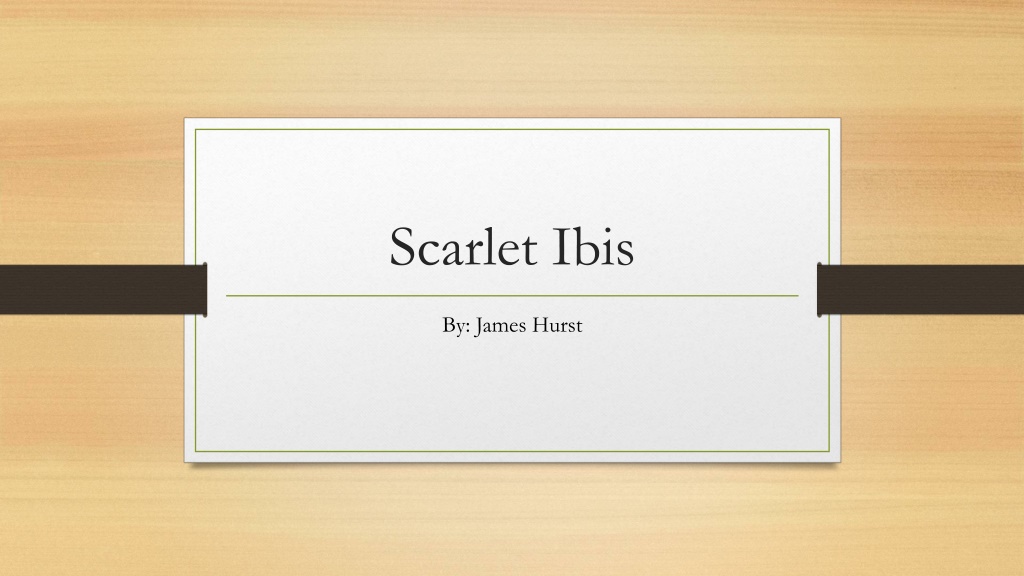
 undefined
undefined







